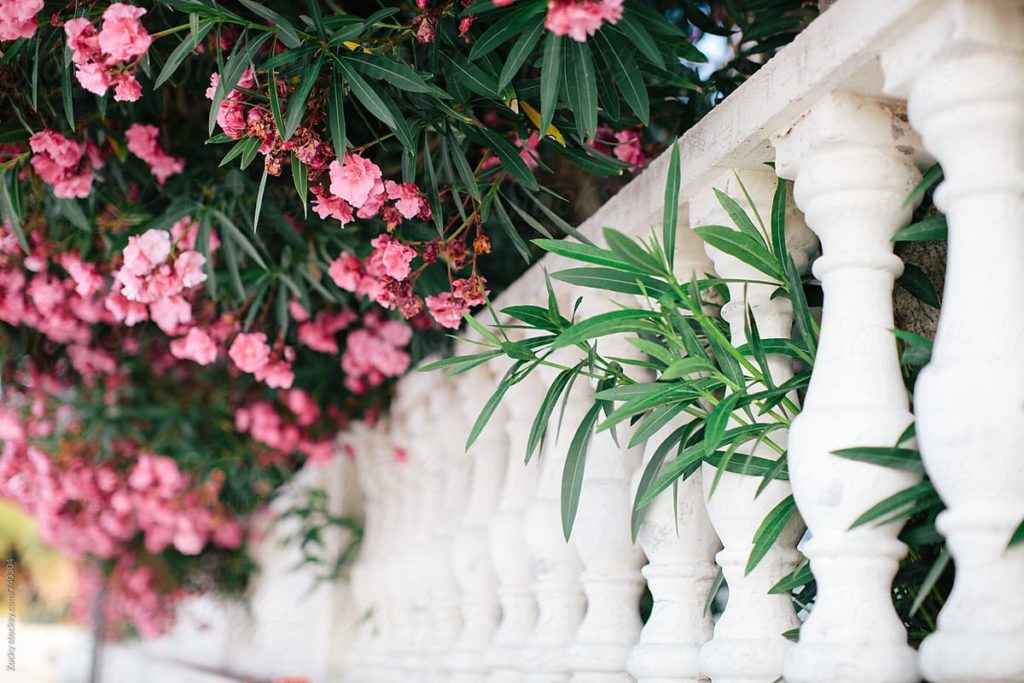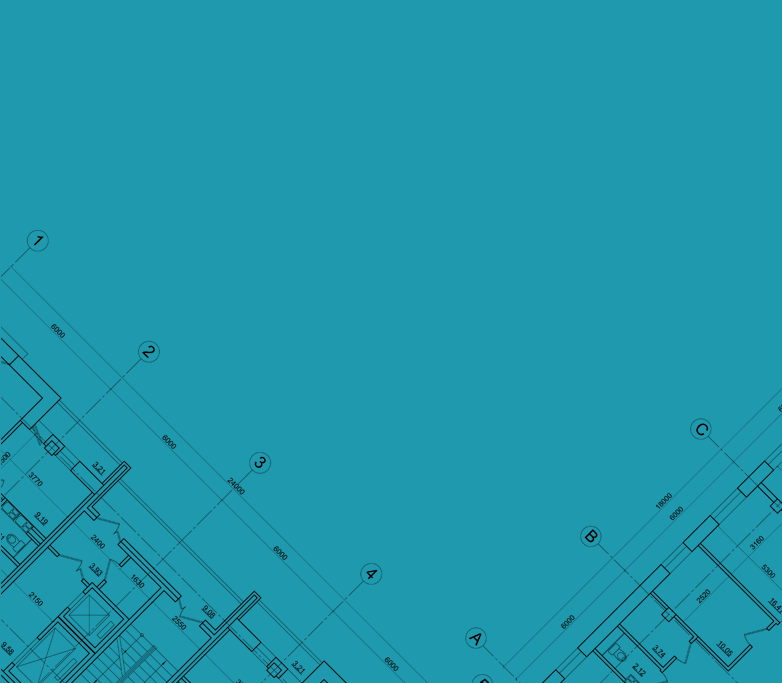WORKING WITH US
WORKING
WITH US
WHY WORK
WITH AN
ARCHITECT?
Architects offer the
highest professional standards
in the industry
A building project, whatever its scale, can be daunting, but the same basic criteria apply, be it a simple house extension or a large office development.
When you use a professional architect you are employing someone who has undertaken seven years of professional training, the longest in the building industry.
The term Architect can only be used by a professionally qualified architect. A chartered architect is obliged to uphold the reputation of the architectural profession and fellow professionals; to carry out work on behalf of clients honourably, independently and efficiently; and to declare any interest which might conflict with their status as an independent consultant architect.
WHY WORK WITH
AN ARCHITECT?
Architects offer the highest professional standards in the industry
A building project, whatever its scale, can be daunting, but the same basic criteria apply, be it a simple house extension or a large office development.
When you enlist the services of a professional architect you are employing someone who has undertaken seven years of professional training, the longest in the building industry.
The term Architect can only be used by a professionally qualified architect. As such, a chartered architect is obliged to:
- uphold the reputation of the architectural profession and fellow professionals;
- to carry out work on behalf of clients honourably, independently and efficiently;
- and to declare any interest which might conflict with their status as an independent consultant architect.
INTERPRETING DREAMS INTO REALITY
Architects provide a service that extends well beyond producing a set of drawings. An architect will listen to your dreams, your aspirations, your budget concerns, and use their skills and experience to blend this collage into your new Caribbean home.


FREEDOM FROM
WORRY
An architect can guide you through the complex procedures of Planning permissions and Building Control regulations and monitor the actual construction process through to completion.
Use their experience and professional knowledge to minimize your stress. As additional security professional architects should carry professional indemnity insurance – giving you peace of mind.

RETURN ON
INVESTMENT
Using an architect should provide a significant return on your investment in their fees, with their creative design and their attention to detail, achieving value through the most efficient use of space and careful selection of materials and finishes. An investment in quality design can add significant value to your home, add to your quality of life and save you wasting money on inefficient use of space.


creativity
Whether you are looking for tradition or innovation, boldness or understatement, an architect can lift your project out of the ordinary. You may be able to find a cheap draftsman to produce a set of drawings but it takes an architect to maximize a project’s potential and to do it with flair, imagination and style.
INTERPRETING DREAMS INTO REALITY

Architects provide a service that extends well beyond producing a set of drawings. An architect will listen to your dreams, your aspirations, your budget concerns, and use their skills and experience to blend this collage into your new Caribbean home.
FREEDOM FROM
WORRY

An architect can guide you through the complex procedures of Planning permissions and Building Control regulations and monitor the actual construction process through to completion.
Use their experience and professional knowledge to minimize your stress. As additional security professional architects should carry professional indemnity insurance – giving you peace of mind.

Using an architect should provide a significant return on your investment in their fees, with their creative design and their attention to detail, achieving value through the most efficient use of space and careful selection of materials and finishes. An investment in quality design can add significant value to your home, add to your quality of life and save you wasting money on inefficient use of space.
RETURN ON
INVESTMENT

creativity

Whether you are looking for tradition or innovation, boldness or understatement, an architect can lift your project out of the ordinary. You may be able to find a cheap draftsman to produce a set of drawings but it takes an architect to maximize a project’s potential and to do it with flair, imagination and style.
SELECTING AN ARCHITECT
The process of working with an architect will be far more enjoyable if you hire a design professional with a similar design philosophy as yourself.
Ensure that the firm you hire has sufficient expertise in the size and scope of the design project you are interviewing them for. Ask for references as well as a portfolio to see recent and past projects. Ask for evidence of professional indemnity insurance.
You will establish a very personal relationship with your architect, discussing details of your lifestyle and aspirations. You need to establish that you and your architect are compatible and share a common approach to your project. Time spent at this stage is well invested.
STAGES IN
THE DESIGN PROCESS














Frequently Asked Questions
Architecture can be very complicated or it can be extremely simplistic in nature, depending on how it is explained. The same is true for you when working with your architect. It is important that you and your architect communicate with one another openly and often throughout the project. You should keep them informed about any matters affecting the brief, the budget, the design and any issues to do with the site. Similarly, your architect should keep you informed on progress and costs by means of regular reports throughout the design and construction stages.
While your home is being designed in the schematic or beginning stages, don’t be afraid to ask questions however simplistic or complex or request clarification of the design at any stage of the design process. An architect wants to ensure that the design of your home becomes second nature to you.
Both you and your architect should ensure that you have a clear understanding of what lies within each party’s skill, power and authority. For example, an architect can submit applications for planning permission but cannot guarantee approvals; he can offer professional advice on budgets and timelines but cannot guarantee the performance of building contractors.
Successful projects are those which proceed in an atmosphere of understanding and mutual trust. You and your architect must understand and respect one another’s roles and responsibilities.
Architects have to wear many “hats” and perform many roles when helping you design your home. While you may only be concerned with the aesthetics and how your space will look, an architect has to coordinate many disciplines. From the structural integrity of your home to the comfortability of heating and cooling to electrical and civil engineering, architects help pull all these disciplines together through the design process.
The design team may include a number of professional disciplines – the architect, quantity surveyor, structural, electrical and mechanical engineers are the most usual contributors. The various consultants are sometimes included within the architect’s fee package or their fees are paid for separately in addition to the architect’s fee. If your architect is appointed as lead consultant, he/she will coordinate all the information provided by the rest of the team and incorporate that into the design.
At the outset all architects must agree in writing the terms of their appointment, services and their fees, with their agreement setting out the structure of the Design Team.
Similarly to visiting a hairdresser for the first time or having a tailor design you a custom suit, having your ideas in one place before meeting with an architect will help all parties involved with clear communication. While architects can help you formalize your ideas into reality they need direction from you as to what you envision. In this modern day age the internet, smart phones and tablets, and a multitude of design applications out there available for homeowners – collecting images, floor plans, materials and even inspiration from nature, fashion, buildings and everyday lifestyle pictures will help your architect when meeting with you.
This miscellaneous collage of information which includes the project’s purpose and intentions, together with its schedule of accommodation, site and budget are formed into what is known as a brief.
Initial decisions in the design stage will include formalizing how to make the most of your site; the relationship of the spaces within the house; expectations for finishes; aspects of lifestyle… the list can seem endless!
During the design process your architect will keep you updated with plans for discussion, revision and approval. Use may be made of drawings, perspectives, models, written descriptions, computer drawings or simulations to explain the scheme.
Care and working closely with your architect in the early stages will pay dividends. Changes on paper are relatively inexpensive but alterations later on become progressively more expensive. Once building work has begun, changes become exponentially problematic and expensive.
Construction cost and overall budget for the project are not the same. The overall budget will include all professional and legal fees and expenses, the statutory charges for applications for planning consent and building approvals, a contingent sum for unforeseen events and other costs such as furniture, equipment, land acquisition, finance charges and any associated taxes, in addition to the construction costs.
Home design is not a finite science. While architects would like to be able to predict how much the design of your home will be just by talking to you once, the reality is every homeowner and their ambitions are different. Before meeting with an architect have a rough estimate of a budget in mind. Vocalize your budget when interviewing architects before you start your home design. This will help your architect explain what design effort will be “in scope” and what other items may need to be put on hold for the future or carried out on a smaller scale, different materials, etc…
ontent
Architects’ fees can be calculated in three ways: a percentage basis; a lump-sum basis; or time charged by agreement. Expenses may be included within the agreed fee or charged separately.
Percentage basis
In this method, an architect’s fees are expressed as a percentage of the total construction cost, i.e., the cost as certified by the architect of the works, including site works, executed under a building contract. Before fees can be estimated, client and architect need to establish the services to be provided, the approximate construction budget and the nature of the work.
Lump-sum basis
Lump sums are best used where the scope of the work can be clearly defined from the outset. It is important to define the parameters of services – i.e. time, project size and cost – where applicable, so that if these are varied more than an agreed amount, the lump sum itself may be varied.
Time-charged basis
This basis is best used where the scope of work cannot be reasonably foreseen or where services cannot be related to the amount of construction. It may be wise to set an upper limit on fees to be incurred, perhaps on a staged basis. Records of time spent on services will be made available to clients on reasonable request.
Competitive Tendering
Clients are recommended to select their architect based upon quality issues such as demonstrable design skills, management expertise and track record. The fees are a relatively small component of the cost of your project and you will live with the quality for a long time. If fee cost is an important factor, this must be weighed carefully against the qualitative aspects to ensure that best value overall will not be sacrificed.
Remember – as in most areas of life, quality has a cost and invariably you get the quality that you pay for.
FAQ
Architecture can be very complicated or it can be extremely simplistic in nature, depending on how it is explained. The same is true for you when working with your architect. It is important that you and your architect communicate with one another openly and often throughout the project. You should keep them informed about any matters affecting the brief, the budget, the design and any issues to do with the site. Similarly, your architect should keep you informed on progress and costs by means of regular reports throughout the design and construction stages.
While your home is being designed in the schematic or beginning stages, don’t be afraid to ask questions however simplistic or complex or request clarification of the design at any stage of the design process. An architect wants to ensure that the design of your home becomes second nature to you.
Both you and your architect should ensure that you have a clear understanding of what lies within each party’s skill, power and authority. For example, an architect can submit applications for planning permission but cannot guarantee approvals; he can offer professional advice on budgets and timelines but cannot guarantee the performance of building contractors.
Successful projects are those which proceed in an atmosphere of understanding and mutual trust. You and your architect must understand and respect one another’s roles and responsibilities.
Architects have to wear many “hats” and perform many roles when helping you design your home. While you may only be concerned with the aesthetics and how your space will look, an architect has to coordinate many disciplines. From the structural integrity of your home to the comfortability of heating and cooling to electrical and civil engineering, architects help pull all these disciplines together through the design process.
The design team may include a number of professional disciplines – the architect, quantity surveyor, structural, electrical and mechanical engineers are the most usual contributors. The various consultants are sometimes included within the architect’s fee package or their fees are paid for separately in addition to the architect’s fee. If your architect is appointed as lead consultant, he/she will coordinate all the information provided by the rest of the team and incorporate that into the design.
At the outset all architects must agree in writing the terms of their appointment, services and their fees, with their agreement setting out the structure of the Design Team.
Similarly to visiting a hairdresser for the first time or having a tailor design you a custom suit, having your ideas in one place before meeting with an architect will help all parties involved with clear communication. While architects can help you formalize your ideas into reality they need direction from you as to what you envision. In this modern day age the internet, smart phones and tablets, and a multitude of design applications out there available for homeowners – collecting images, floor plans, materials and even inspiration from nature, fashion, buildings and everyday lifestyle pictures will help your architect when meeting with you.
This miscellaneous collage of information which includes the project’s purpose and intentions, together with its schedule of accommodation, site and budget are formed into what is known as a brief.
Initial decisions in the design stage will include formalizing how to make the most of your site; the relationship of the spaces within the house; expectations for finishes; aspects of lifestyle… the list can seem endless!
During the design process your architect will keep you updated with plans for discussion, revision and approval. Use may be made of drawings, perspectives, models, written descriptions, computer drawings or simulations to explain the scheme.
Care and working closely with your architect in the early stages will pay dividends. Changes on paper are relatively inexpensive but alterations later on become progressively more expensive. Once building work has begun, changes become exponentially problematic and expensive.
Accordion C
Construction cost and overall budget for the project are not the same. The overall budget will include all professional and legal fees and expenses, the statutory charges for applications for planning consent and building approvals, a contingent sum for unforeseen events and other costs such as furniture, equipment, land acquisition, finance charges and any associated taxes, in addition to the construction costs.
Home design is not a finite science. While architects would like to be able to predict how much the design of your home will be just by talking to you once, the reality is every homeowner and their ambitions are different. Before meeting with an architect have a rough estimate of a budget in mind. Vocalize your budget when interviewing architects before you start your home design. This will help your architect explain what design effort will be “in scope” and what other items may need to be put on hold for the future or carried out on a smaller scale, different materials, etc…
ontent
Architects’ fees can be calculated in three ways: a percentage basis; a lump-sum basis; or time charged by agreement. Expenses may be included within the agreed fee or charged separately.
Percentage basis
In this method, an architect’s fees are expressed as a percentage of the total construction cost, i.e., the cost as certified by the architect of the works, including site works, executed under a building contract. Before fees can be estimated, client and architect need to establish the services to be provided, the approximate construction budget and the nature of the work.
Lump-sum basis
Lump sums are best used where the scope of the work can be clearly defined from the outset. It is important to define the parameters of services – i.e. time, project size and cost – where applicable, so that if these are varied more than an agreed amount, the lump sum itself may be varied.
Time-charged basis
This basis is best used where the scope of work cannot be reasonably foreseen or where services cannot be related to the amount of construction. It may be wise to set an upper limit on fees to be incurred, perhaps on a staged basis. Records of time spent on services will be made available to clients on reasonable request.
Competitive Tendering
Clients are recommended to select their architect based upon quality issues such as demonstrable design skills, management expertise and track record. The fees are a relatively small component of the cost of your project and you will live with the quality for a long time. If fee cost is an important factor, this must be weighed carefully against the qualitative aspects to ensure that best value overall will not be sacrificed.
Remember – as in most areas of life, quality has a cost and invariably you get the quality that you pay for.
STAY IN TOUCH
If you would like to learn more about the Institute of Cayman Islands Architects, please subscribe to our updates.
